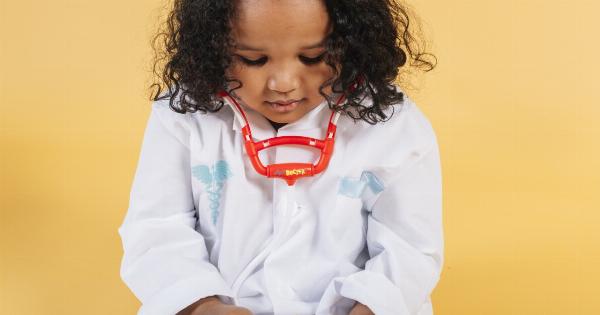Many parents rely on pacifiers to soothe their infants and help them fall asleep. However, there comes a time when it is necessary to break the habit and transition your child away from their pacifier.
The prolonged use of pacifiers can affect their dental health, speech development, and overall oral hygiene. If you’re ready to wean your little one off their pacifier, here are three strategies for success.
1. Gradual Weaning
One of the most effective strategies for breaking the pacifier habit is a gradual weaning process. Start by limiting pacifier usage to specific times such as naptime or bedtime. Gradually reduce the duration and frequency of its use over time.
For example, you can start by eliminating the pacifier during daytime naps and only allowing it during nighttime sleep. This method allows your child to gradually adjust to falling asleep without their pacifier.
To make the process more appealing, consider introducing a comfort item, like a stuffed animal or blanket, which can serve as a substitute for the pacifier.
Encourage your child to attach to their new comfort item, explaining that it will help them feel secure and cozy during sleep. By gradually replacing the pacifier with an alternative, your child will begin to associate comfort and security with the new object.
Remember, patience is key during this transition. It is natural for your child to resist at first, but with consistency and positive reinforcement, they will learn to adapt to this new routine.
2. Cold Turkey Method
While the gradual weaning approach works well for many children, others may respond better to the cold turkey method. This strategy involves completely eliminating the pacifier from your child’s life in one fell swoop.
When using the cold turkey method, it is important to prepare your child in advance. Explain to them that they are getting older, and it’s time to give up the pacifier.
You can involve your child in the process by having them help gather up all the pacifiers and put them away in a special box or bag. Consider creating a distraction by planning some fun activities or surprises for the days following the pacifier elimination to shift their focus away from the pacifier.
Be prepared for some resistance and tears during the initial phase of this method. However, with consistency and reassurance, most children adjust within a few days.
Offer plenty of comfort, cuddles, and praise during the transition period to make your child feel secure and supported.
3. Positive Reinforcement
Positive reinforcement is a crucial element in breaking the pacifier habit successfully. Encourage your child’s progress and reward their efforts with praise, stickers, or a small treat.
Make a chart that tracks each pacifier-free day and let them place a sticker on the chart at the end of each day without using the pacifier. This visual representation of their progress can motivate your child to continue abstaining from the pacifier.
Additionally, involve your child in the decision-making process. Empower them by explaining the reasons why pacifier use needs to come to an end.
Highlight how they are becoming a big boy or girl and how proud you are of them for leaving behind their pacifier. By involving your child in the decision and emphasizing their growing independence, they will feel a sense of ownership over the transition.
If your child has difficulty staying pacifier-free during challenging times, offer alternatives such as a sip of water, a hug, or a gentle back rub. Find other ways to comfort them that do not involve the pacifier.
Implementing positive reinforcement techniques while providing alternative soothing methods can make transitioning away from the pacifier easier and more successful.
Conclusion
Breaking the pacifier habit is an important milestone in your child’s development.
While it may be challenging at first, implementing these strategies – gradual weaning, the cold turkey method, and positive reinforcement – can help you successfully navigate this transition.
Remember that every child is unique, and what works for one may not work for another. Be patient, consistent, and supportive throughout the process. Celebrate each pacifier-free day as a step closer to your child’s oral health and independence.
By putting in the effort to break the pacifier habit, you are setting your child up for a solid foundation of dental hygiene and speech development. Embrace this change as an exciting milestone in your child’s journey.






























